Turkmenistan
Welcome to Turkmenistan
Afghanistan, a land of rugged mountains, ancient history, and rich cultural heritage, is gradually re-emerging as a destination for adventurous travelers in 2025. Despite decades of conflict, the country offers unique experiences for those willing to explore its breathtaking landscapes, historic sites, and vibrant bazaars. With careful planning and respect for local customs, visitors can discover a side of Afghanistan few outsiders have seen.
Turkmenistan covers an area roughly the size of Spain but is home to just over 5 million people, making it sparsely populated. The country’s geography is largely desert, including the vast Karakum Desert, which shapes much of its character and travel experience. Turkmenistan’s history is deeply intertwined with the Silk Road, and its archaeological sites such as the ancient cities of Merv and Nisa reveal a rich cultural tapestry dating back thousands of years. The capital city, Ashgabat, is a striking contrast to the surrounding desert. Rebuilt after a devastating earthquake in 1948, it is known for its gleaming white marble buildings, wide boulevards, and numerous monuments that reflect the country’s pride and aspirations. The city holds several world records, including the highest density of marble-clad structures and the world’s largest indoor ferris wheel. Despite its grandeur, Ashgabat feels eerily quiet and tightly controlled, with a strong security presence and limited public activity in the central areas. Beyond the capital, Turkmenistan offers natural wonders like the Yangykala Canyon, a colorful and remote geological marvel perfect for hiking and camping, and the Darvaza Gas Crater, a surreal, burning natural gas field that has been alight for decades, creating an unforgettable spectacle for adventurous visitors.
1.
Unparalleled Cultural Heritage: Afghanistan is home to some of the world’s most remarkable historical sites, including the ancient Buddhist statues of Bamyan, the Minaret of Jam, and the stunning mosques of Herat and Mazar-i-Sharif. These sites offer a glimpse into the country’s rich tapestry of civilizations and religious traditions.
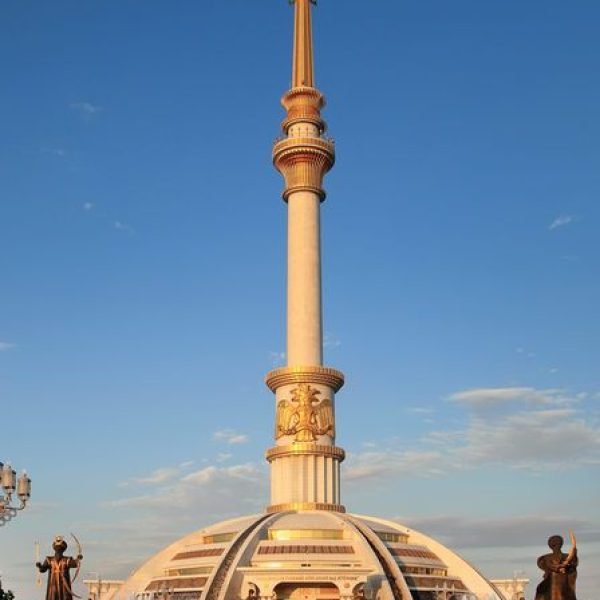
2.
Stunning Natural Landscapes: From the remote Wakhan Corridor in the northeast, ideal for trekking and wildlife spotting, to the dramatic mountain vistas around Bamyan, Afghanistan’s natural beauty is both pristine and awe-inspiring. The country’s varied terrain provides opportunities for hiking, photography, and experiencing traditional rural life.
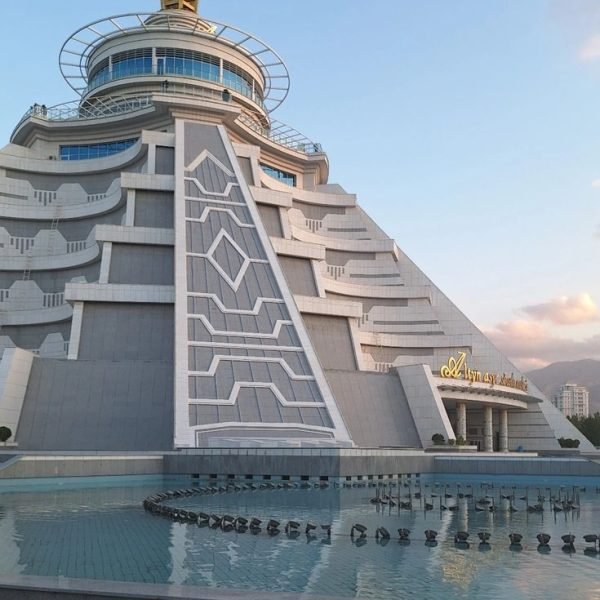
Planning Your Trip
Visa Information
All foreign nationals require a visa to enter Afghanistan. Visa applications must be made in person at an Afghan consulate or embassy, with most tourist visas issued for single entries valid up to one month. For longer stays or business purposes, extended or multiple-entry visas may be available upon request through the Ministry of Foreign Affairs in Kabul. Applicants need a valid passport with at least six months’ validity, completed application forms, passport photos, and sometimes letters of introduction or proof of employment depending on the visa type. It is essential to schedule an appointment in advance and comply with all consular requirements to avoid delays or refusals.
Best Time to Visit
The ideal time to visit Turkmenistan is during the spring (April to June) and autumn (September to October) when the weather is mild and pleasant. Summers can be extremely hot, especially in the desert regions, with temperatures soaring well above 40°C (104°F). Winters are cold but generally dry, with occasional snowfall in the northern parts.
Getting To and Around
Most international travelers arrive via Ashgabat International Airport, which is well connected to major cities in the region. Due to the country’s strict travel regulations, most visitors explore Turkmenistan on guided tours that include arranged transportation. Within cities, taxis are available, but intercity travel is typically organized by tour companies using private vehicles, domestic flights, or overnight trains.
Getting around independently is challenging due to the limited public transport options and the need for official permits to visit many sites. Tour guides play a crucial role in navigating the country’s logistical and bureaucratic requirements, ensuring a smooth and immersive travel experience.
Turkmenistan is a destination for the curious and adventurous traveler, offering a rare glimpse into a land where ancient history meets modern ambition, and where the extraordinary is part of everyday life. Whether marveling at the marble metropolis of Ashgabat, exploring ancient ruins, or witnessing the eerie glow of the Door to Hell, a journey to Turkmenistan promises unforgettable memories and a profound sense of discovery.
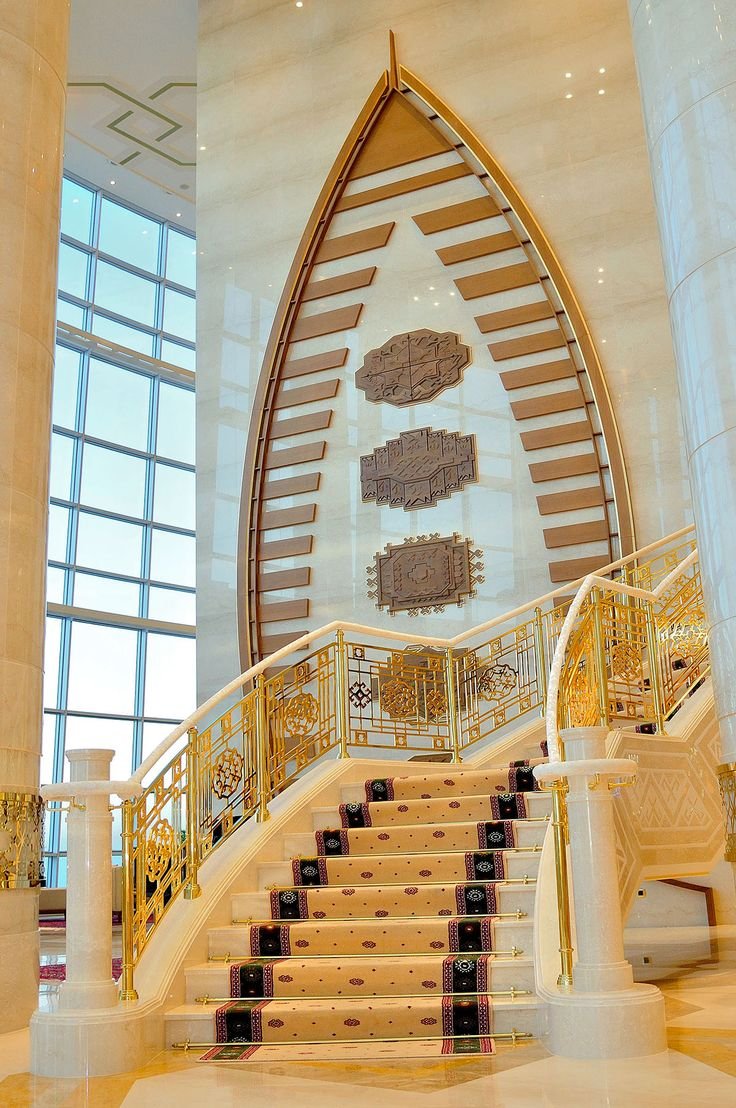
Accommodation
Turkmenistan offers a range of accommodations that cater to different tastes and budgets, from luxurious five-star hotels in the capital to more modest Soviet-era establishments and unique desert camping experiences.
Accommodation Options
Luxury and Modern Hotels
In Ashgabat, the capital, you will find some of the most impressive and luxurious hotels in Central Asia. These include the Oguzkent Hotel, a five-star property with modern design and stunning views of the city center, and the Yyldyz Hotel, a 24-story luxury hotel featuring an indoor and outdoor swimming pool, spa, sauna, and excellent amenities. Another notable option is the Archabil Hotel, also five-star, located conveniently near Ashgabat Airport, offering spacious, well-appointed rooms and comprehensive services.
The Grand Turkmen Hotel is a historic 3-star hotel that was once part of the Sheraton chain, offering a blend of Soviet-era charm and modern comforts. The Divan Hotel, centrally located, is popular among business travelers and tourists alike, known for its comfort and accessibility.
Outside Ashgabat, cities like Mary, Turkmenabat, and Dashoguz have modern hotels such as the Yupek Yoly Hotel in Turkmenabat and the Dashoguz Hotel, which provide good standards of comfort and service for travelers exploring the regions.
Mid-Range and Budget Options
For travelers on a tighter budget, Turkmenistan still offers some affordable hotels, often remnants from the Soviet period but maintained clean and functional. Examples include the Archabil Hotel’s more affordable rooms, or smaller hotels in cities like Mary and Dashoguz where prices are lower, though facilities may be more basic.
In Mary, for instance, the train station hotel offers very budget-friendly rooms, though with limited amenities and shared bathroom facilities. Similarly, in Dashoguz and Konye-Urgench, there are simple hotels with modest prices but basic comfort.
Unique Stays: Camping and Homestays
For the adventurous, Turkmenistan offers unforgettable camping experiences in the Karakum Desert and near natural wonders like the Darvaza Gas Crater (“Door to Hell”) and Yangikala Canyon. These campsites provide a rare chance to sleep under the stars in one of the world’s most remote deserts. While desert camping requires caution due to local wildlife such as spiders and scorpions, these encounters are rare, and the experience is safe with proper guidance.
Homestays are another fascinating option, especially in rural and mountainous areas like the village of Nokhur. Staying with a local family allows travelers to immerse themselves in Turkmen culture, enjoy traditional home-cooked meals, and experience genuine hospitality firsthand.
Booking Tips
Many hotels in Turkmenistan are not listed on popular global booking platforms, so it is often necessary to book through local travel agencies or directly with the hotels. Guided tours frequently include accommodation arrangements, which simplifies the process given the country’s travel restrictions.
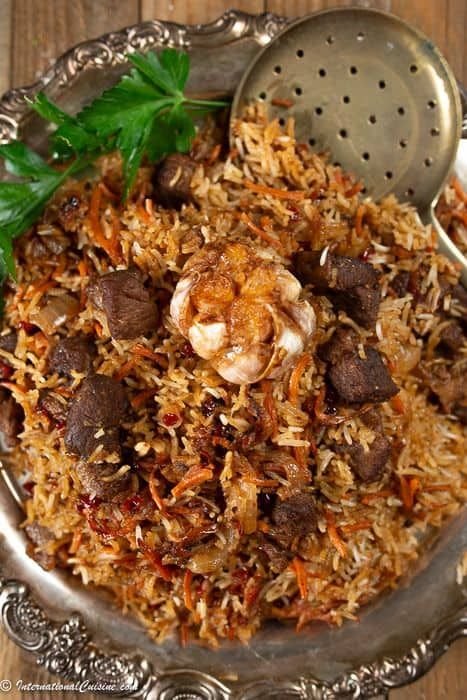
Food and Drink
Turkmen cuisine reflects the country’s nomadic heritage and Central Asian influences, offering hearty, flavorful dishes that highlight local ingredients such as lamb, wheat, and dairy.
Traditional Dishes
- Plov (Pilaf): The national dish of Turkmenistan, plov is a fragrant rice dish cooked with pieces of lamb or beef, carrots, onions, and sometimes raisins or chickpeas. It is often served at celebrations and gatherings and is a must-try for visitors.
- Shashlyk: Skewered and grilled meat, usually lamb or beef, marinated and cooked over an open flame. This is a popular street food and restaurant staple.
- Manty: Steamed dumplings filled with minced meat and onions, served with sour cream or a spicy tomato sauce.
- Ichlekli: A traditional meat pie made with dough stuffed with minced lamb and onions, baked until golden.
- Kebabs and Samsa: Various grilled meats and baked pastries filled with meat or pumpkin are common snacks and meals.
Breads and Dairy
Bread is a central part of the Turkmen diet, with chorek (round flatbread) being the most common. It is often baked in a tandoor oven and served fresh with meals. Dairy products such as yogurt, kefir, and ayran (a salted yogurt drink) are widely consumed and provide refreshing accompaniments to the rich meat dishes.
Beverages
Tea is the national drink, especially black tea served in traditional small glasses, often accompanied by sweets or dried fruits. Turkmenistan also produces local wines and spirits, but alcohol consumption is generally moderate due to cultural and religious norms.
Dining Experience
In Ashgabat and larger cities, you will find a mix of traditional Turkmen restaurants and international cuisine, including Russian, Middle Eastern, and Asian options. Many restaurants offer elegant settings with live traditional music and dance performances, providing a cultural dining experience.
In rural areas and small towns, meals tend to be simpler and more rustic but equally delicious, often enjoyed in family-run establishments or homestays where hospitality is warm and genuine.
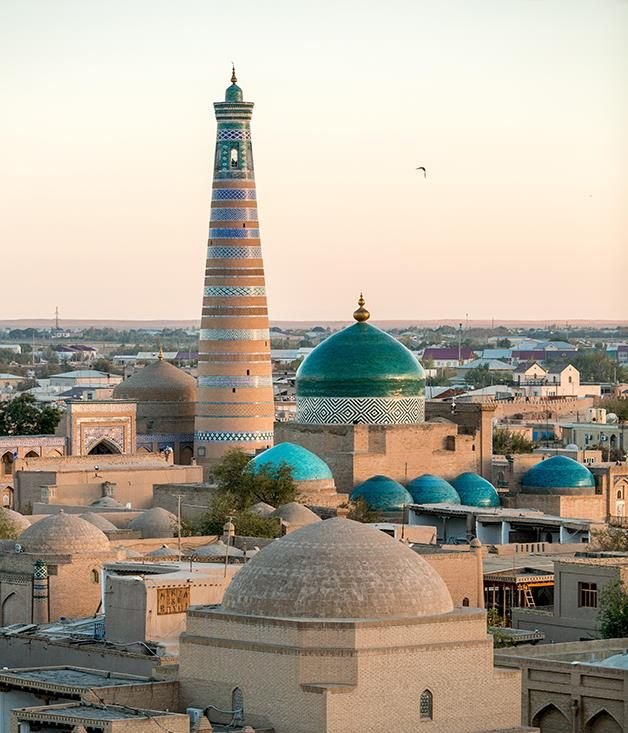
Must-See Attractions
Turkmenistan is a land of striking contrasts, where ancient history meets surreal natural wonders and modern architectural marvels. For travelers in 2025, the country offers a wealth of unforgettable sights that showcase its rich cultural heritage and unique landscapes.
- Darvaza Gas Crater (“Door to Hell”)
The Darvaza Gas Crater is undoubtedly Turkmenistan’s most iconic and otherworldly attraction. Located in the heart of the Karakum Desert, this fiery crater has been burning continuously since the 1970s, when a Soviet drilling rig accidentally ignited a natural gas pocket. The result is a glowing, fiery pit that illuminates the desert night with an eerie orange light. Visitors often camp nearby to witness the crater’s mesmerizing flames at sunset and under the stars, creating a surreal experience unlike anywhere else on Earth.
- Parthian Fortresses of Nisa (UNESCO World Heritage Site)
The ancient ruins of Nisa, once a major city of the Parthian Empire, offer a fascinating glimpse into Turkmenistan’s deep historical roots. The site consists of two parts: Old Nisa and New Nisa, featuring remnants of fortresses, temples, and palaces. Walking through the ruins, visitors can imagine the grandeur of this Silk Road city and its role as a cultural and political hub in antiquity.
- Yangykala Canyon
Often described as one of Turkmenistan’s most beautiful natural wonders, Yangykala Canyon is a dramatic landscape of multicolored cliffs and rock formations. The canyon’s steep walls change hues throughout the day—from bright white in the afternoon sun to fiery reds at sunset—earning it the nickname “Fire Fortresses.” It’s a perfect spot for hiking, camping, and photography, offering a peaceful retreat into nature’s artistry.
- Merv Ancient City
Merv is one of the most important archaeological sites in Central Asia and a UNESCO World Heritage Site. Once a thriving Silk Road metropolis, Merv boasts extensive ruins including city walls, mausoleums, and caravanserais. Exploring this vast site, visitors can trace the layers of history from the Achaemenid Empire to the Islamic Golden Age.
- Ashgabat’s Marble Architecture and Monuments
The capital city Ashgabat is known for its extravagant white marble buildings, wide boulevards, and grand monuments. Notable highlights include the Independence Monument, shaped like a giant yurt and crowned with a crescent moon symbolizing the unity of Turkmen tribes; the Ruhnama Monument, dedicated to the spiritual guidebook of the nation; and the Turkmenbashy Ruhy Mosque in Gypjak, one of Central Asia’s largest mosques with stunning marble and tile work.
- Turkmen Carpet Museum
Turkmenistan is famous for its exquisite handwoven carpets, and the Turkmen Carpet Museum in Ashgabat showcases this rich tradition. The museum houses a vast collection of carpets representing different Turkmen tribes, each with distinctive patterns and colors. Visitors gain insight into the craftsmanship and cultural significance of carpet weaving, a vital part of Turkmen identity.
- Dinosaur Plateau
For a truly unique experience, the Dinosaur Plateau in eastern Turkmenistan features the largest reserve of fossilized dinosaur footprints in the world. Spread across a limestone slab the size of several football fields, these footprints include species such as Megalosaurus and Tyrannosaurus. The mysterious human-like prints add an intriguing element to this paleontological wonder.
- Kunya-Urgench
Another UNESCO World Heritage Site, Kunya-Urgench was a key Silk Road city and features impressive medieval monuments, including mausoleums and minarets. The site offers a fascinating look at Islamic architecture and Turkmen history.
- Lake Altyn Asyr
The largest artificial lake in the world, Lake Altyn Asyr, lies in the desert and serves as an environmental project to support agriculture and stabilize the local climate. The serene waters surrounded by arid landscapes provide a striking contrast and a peaceful spot for nature lovers.
- Oriental Bazaar Altyn Asyr
For a taste of local life, the Altyn Asyr Bazaar in Ashgabat is the largest market in Turkmenistan and one of the largest in Central Asia. Shaped like a traditional Turkmen carpet ornament, the bazaar offers everything from fresh produce and spices to carpets and handicrafts, making it a vibrant place to explore and shop.
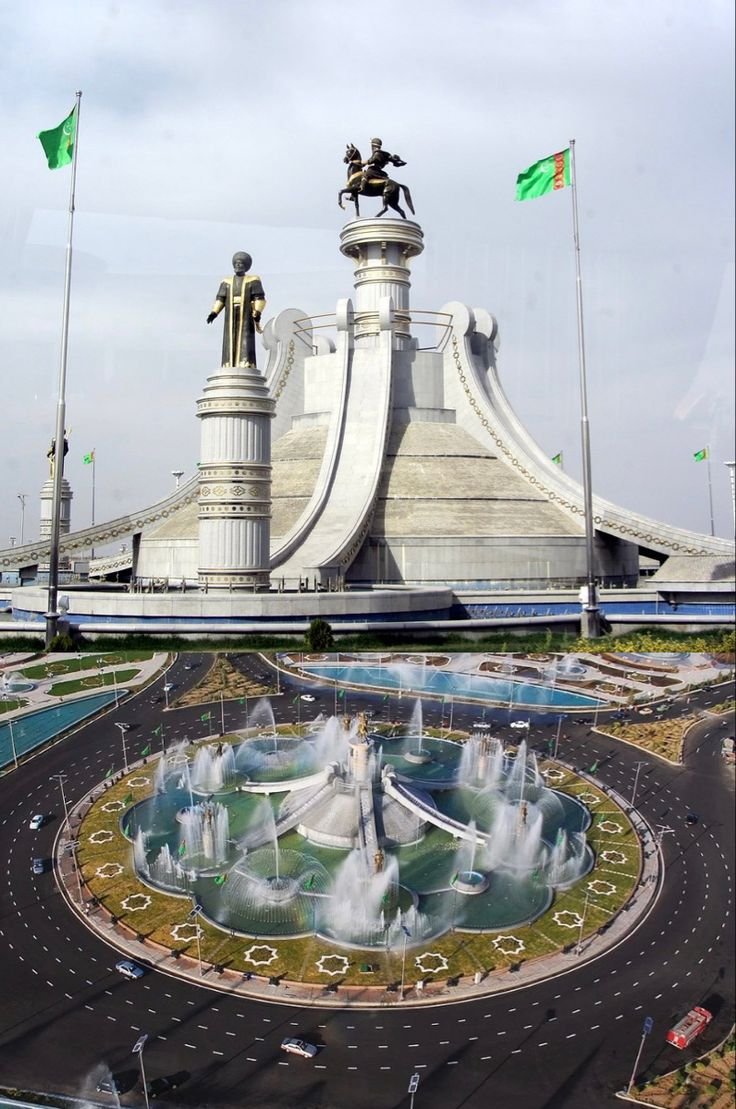
Must-Do Activities
Turkmenistan’s attractions come alive through engaging activities that immerse visitors in its culture, history, and natural beauty.
- Camp Overnight at Darvaza Gas Crater
Spending a night camping near the “Door to Hell” is a bucket-list experience. The glowing crater lights up the desert sky, providing a surreal ambiance. Many tours include traditional Turkmen meals around a campfire, offering a unique blend of adventure and culture.
- Ride an Akhal-Teke Horse
The Akhal-Teke horse is a national symbol of Turkmenistan, renowned for its speed, endurance, and metallic sheen. Visitors can experience riding these elegant horses at equestrian centers or rural farms, connecting with a proud Turkmen tradition.
- Explore Ancient Ruins of Merv and Nisa
Guided tours through the archaeological sites of Merv and Nisa bring history to life. Walking among the ruins, visitors learn about the Silk Road’s significance and the empires that once flourished here.
- Hike and Camp at Yangykala Canyon
Adventurous travelers can hike the trails of Yangykala Canyon, camp under the stars, and photograph the stunning rock formations. The area’s remote location means fewer tourists, offering a peaceful nature escape.
- Visit the Turkmen Carpet Museum and Learn Carpet Weaving
Participate in workshops or demonstrations at the Carpet Museum to understand the intricate art of Turkmen carpet weaving. This hands-on experience deepens appreciation for this ancient craft.
- Discover Fossilized Dinosaur Footprints at Dinosaur Plateau
Walking across the vast limestone slab covered with dinosaur tracks is a rare opportunity for paleontology enthusiasts and curious travelers alike. The site’s scale and mystery make it a memorable stop.
- Shop and People-Watch at Altyn Asyr Bazaar
Spend time wandering the bustling Altyn Asyr Bazaar, sampling local snacks, bargaining for souvenirs, and observing daily life. The market is a sensory feast of colors, smells, and sounds.
- Experience Ashgabat’s Modern Architecture and Monuments
Tour Ashgabat’s marble buildings, grand monuments, and unique museums. Don’t miss the indoor Ferris wheel and the Wedding Palace, which showcase the city’s blend of tradition and modernity.
- Relax at Kow Ata Underground Lake
A natural thermal underground lake near the Kopetdag Mountains, Kow Ata offers warm, mineral-rich waters perfect for a soothing swim after days of sightseeing.
- Attend Traditional Festivals and Cultural Events
If timing allows, participate in local festivals such as Nowruz (Persian New Year) or national holidays, where traditional music, dance, and cuisine are on full display, offering a vibrant cultural immersion.
Turkmenistan in 2025 invites travelers to step into a world of ancient legacies, fiery deserts, and gleaming marble cities. Whether marveling at the eternal flames of the Darvaza Crater, tracing the footsteps of dinosaurs, or wandering through centuries-old Silk Road ruins, visitors will find a country rich in stories and spectacular sights. The blend of natural wonders and cultural treasures makes Turkmenistan a truly unique destination for the adventurous and curious traveler.
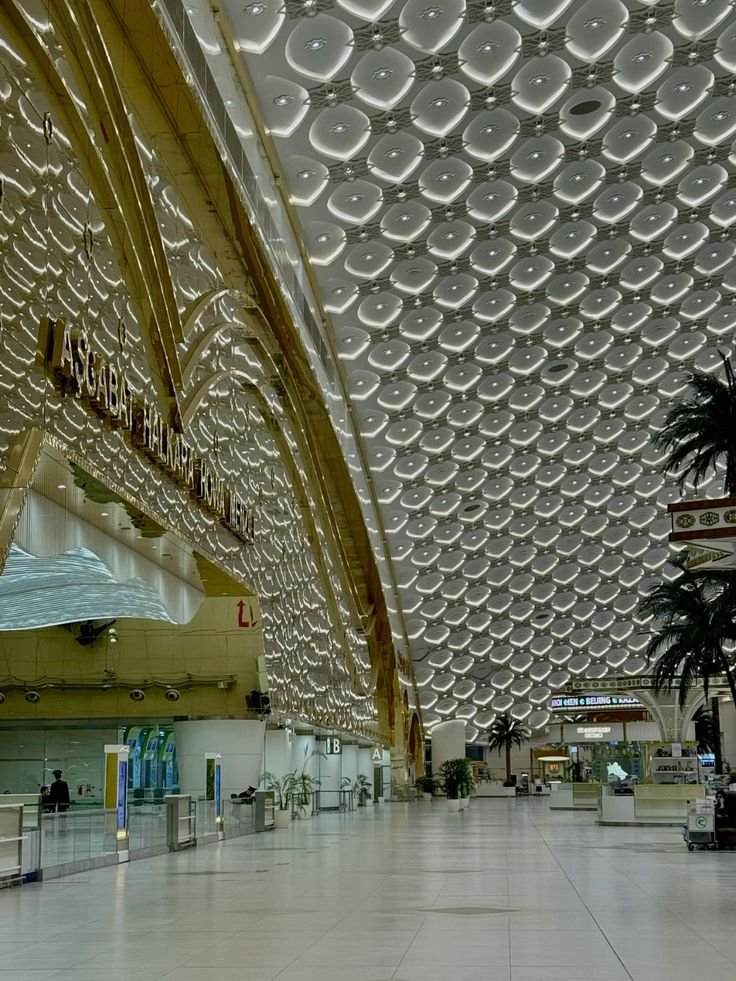
Travel Tips
Traveling to Turkmenistan in 2025 offers a unique adventure into a country rich with history, culture, and natural wonders. However, it is essential to be well-prepared and informed about safety, local customs, and language basics to ensure a smooth and respectful visit. Here is a detailed guide with practical travel tips to help you navigate Turkmenistan confidently.
Safety Advice
General Safety
Turkmenistan is generally considered a safe country for travelers, with low rates of violent crime compared to many other destinations. However, it remains a tightly controlled police state, and visitors should exercise a high degree of caution, especially in unfamiliar or remote areas. Avoid walking alone after dark, particularly in the capital Ashgabat and other cities, as petty crime and occasional incidents can occur.
Crime and Scams
Pickpocketing and petty theft are relatively uncommon but can happen in crowded places such as markets, bazaars, and public transport hubs. Always keep your valuables secure and avoid displaying expensive items like cameras, jewelry, or large amounts of cash. Be wary of overly friendly strangers who may attempt to distract or scam tourists. Taxi drivers might try to overcharge or mislead visitors, so always use licensed taxis and agree on the fare beforehand.
Police and Document Checks
Police in Turkmenistan frequently conduct identity checks. It is mandatory to carry a copy of your passport’s photo page and visa page at all times, while keeping the original passport in a safe place. If stopped by police, remain calm and polite. Avoid letting officers search your pockets; instead, empty them yourself to prevent any accusations or misunderstandings. Corruption exists, and penalties for drug possession or other offenses are severe, so it is crucial to comply with laws and avoid any illegal activities.
Road Safety
Traffic accidents are common due to poor road conditions, erratic driving behaviors, and inadequate lighting, especially outside major cities. Roads may have potholes, uncovered manholes, and unexpected obstacles like camels crossing. Driving practices differ significantly from Western norms, including sudden lane changes and wrong-way driving on one-way streets. Avoid driving at night, particularly on rural roads, as roadside assistance is unavailable. If you rent a car, drive defensively and always wear seat belts. Drink-driving is strictly prohibited and heavily penalized.
Health and Emergencies
Tap water is generally not potable; always drink bottled water and be cautious about ice in drinks, which may be made from tap water. Medical facilities in major cities can handle emergencies, but rural areas have limited healthcare options. In case of emergencies, dial 01 for fire and rescue, 02 for police, and 03 for medical assistance.
Terrorism and Border Areas
While Turkmenistan has not experienced recent terrorist attacks, the risk cannot be entirely dismissed. Be vigilant in crowded public places, tourist sites, and during public events or holidays. Avoid traveling near the Afghanistan border due to ongoing conflict and security concerns. The border with Kazakhstan is currently closed, so plan your routes accordingly.
Local Customs
Respect for Authority and Culture
Turkmenistan is an authoritarian state with a strong emphasis on respect for the president and national symbols. Avoid making any negative remarks about the government or political leaders. Portraits of the president are common in public spaces and should be treated with respect. Public behavior is closely monitored, and inappropriate conduct can lead to serious consequences.
Dress Code and Behavior
Turkmenistan is a predominantly Muslim country with conservative social norms. Dress modestly, especially when visiting religious sites or rural areas. Women should avoid revealing clothing and consider carrying a scarf to cover their heads in mosques or traditional settings. Public displays of affection are frowned upon.
During the holy month of Ramadan (expected around late February to late March in 2025), it is important to observe local customs by refraining from eating, drinking, smoking, or chewing gum in public during daylight hours. Avoid loud music, dancing, swearing, and wearing revealing clothes during this period. Be patient and respectful, as many shops and restaurants may have altered opening hours or separate areas for fasting guests.
Alcohol Consumption
Alcohol is available but strictly regulated. Drinking alcohol in public places such as parks, streets, train stations, airports, and government buildings is illegal and can result in fines. Consumption is generally limited to private settings, hotels, or licensed establishments.
Photography
Always ask permission before photographing people, especially women, and avoid taking pictures of military or government buildings. Some areas may be restricted for photography due to security reasons.
Tipping
Tipping is appreciated but not mandatory. In restaurants, a 5-10% tip is customary if service charges are not included. Taxi drivers and guides also appreciate small tips for good service.
Language Basics
Official Language
The official language of Turkmenistan is Turkmen, a Turkic language closely related to Turkish and Azerbaijani. Russian is also widely spoken, especially in urban areas and among older generations, as it remains a lingua franca in many post-Soviet countries.
Useful Phrases in Turkmen
- Hello: Salam
- Goodbye: Hoş geldiňiz (welcome), Hudaý sag bolsun (God bless you)
- Please: Haýyş edýärin
- Thank you: Sag boluň
- Yes: Hawa
- No: Ýok
- Excuse me / Sorry: Bagyşlaň
- How much? Näçe?
- Where is…? Näde?
- Help! Kömek ediň!
Communication Tips
English is not widely spoken outside of tourist areas and government offices, so learning some basic Turkmen or Russian phrases will greatly enhance your experience. Carry a phrasebook or translation app to assist with communication. Tour guides usually speak English and can help with language barriers.
Final Thoughts
Traveling in Turkmenistan in 2025 requires careful preparation and cultural sensitivity. While the country is generally safe, exercising caution—especially at night, on the roads, and in crowded places—is essential. Respect for local customs, laws, and traditions will ensure a respectful and trouble-free visit. Learning a few key phrases in Turkmen or Russian will enhance your interactions and help you connect with locals. By following these travel tips, you can enjoy the fascinating history, stunning landscapes, and warm hospitality that Turkmenistan offers while staying safe and respectful throughout your journey.

